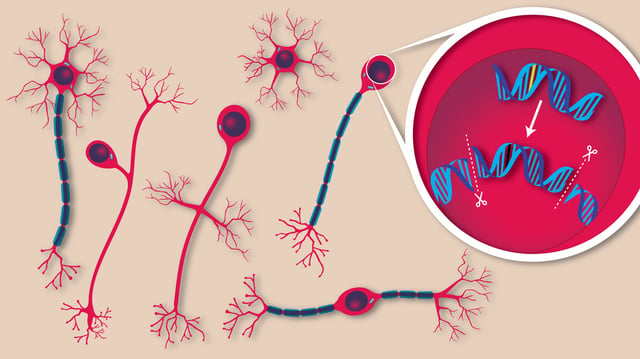Overview
- Prime editing tools packaged in clinically validated AAV vectors were injected into neonatal mouse brains to correct five ATP1A3 mutations and restore protein function.
- Treated mice showed a marked reduction in paralysis, seizures and movement deficits and survived more than twice as long as untreated controls.
- In patient-derived cells, prime editing achieved up to 90% on-target mutation correction with minimal off-target changes.
- Traditional gene therapy supplying extra copies of ATP1A3 failed to improve symptoms in treated mice, underscoring the benefit of direct genome repair.
- Researchers developed a scalable blueprint to repair multiple disease-causing variants in parallel and are now exploring less invasive delivery routes and later treatment windows.

